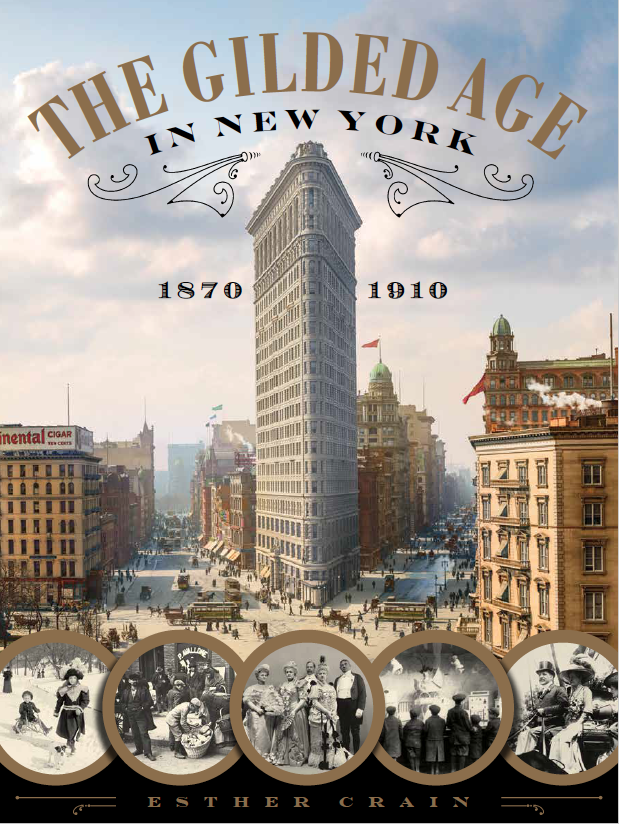Imagine New York in the 1810s: the population almost topped 100,000, City Hall had just been completed, and the northern reaches of the booming young city now extended past Canal Street.
And though slavery wouldn’t be illegal in New York State until 1827, New York City had passed legislation in 1799 that gradually abolished the practice and granted freedom to many enslaved residents.
One of these formerly enslaved residents was Cato Alexander, who was born in the city in 1780, according to a 2015 article in Eater by David Wondrich. Another account has it that Cato was born enslaved in South Carolina, bought his freedom, and then came to Gotham.
Though his origins are unclear, at some point after 1800, Alexander was a free man in New York City.
“Broad-shouldered, sturdy, and about 5 feet 8 inches in height,” according to a 1902 recollection by a writer in the Sun, Alexander worked as a chef at inns and hotels before opening his own roadhouse four miles outside the main city east of the Boston Post Road—today’s Second Avenue and 54th Street (top illustration).
Though a busy corner of Turtle Bay now, in the early 1800s this spot was the hinterlands; one of the nearest houses was the Beekman mansion, at today’s 50th Street beside the East River. The tavern was also located close to the shot tower (above illustration) at 53rd Street and the East River.
“The location was a shrewd one,” wrote Wondrich. “Cato’s Tavern was a ten-minute gallop out of New York City, then occupying just the southern tip of Manhattan, and it soon became the natural resort of all the city’s fast young men.”
“They would race their carriages up there, drink his famous gin cocktails, brandy juleps and punches, eat his famous game and curried oysters, and then race on back (sometimes with disastrous results).”
Cato’s was also near a wooden bridge known as the “kissing bridge” in pre-Civil War New York, seen in the illustration above—it offers a sense of just how bucolic the area was at the time.
Stage Coach and Tavern Days, published in 1900, recalled that Cato’s had a separate ballroom for dancing, “which would let thirty couple swing widely in energetic reels and quadrilles,” wrote author Alice Morse Earle. “When Christmas sleighing set in, the Knickerbocker braves and belles drove out there to dance; and there was always sleighing at Christmas in old New York—all octogenarians will tell you so.”
Though Alexander faced bigotry and racism from some rowdy customers, according to Wondrich, he was by many accounts highly respected, his tavern popular in a town with plenty of taverns and roadhouses at the outer limits of the city. (Below, a tavern on Broadway near Canal Street in 1812)
New Yorkers also raved about his talents with drinks. Irish comedian Tyrone Power (an ancestor of the American actor by the same name) stated that “Cato is a great man, foremost amongst cullers of mint, whether julep or hail-storm, second to no man as a compounder of cock-tail, and such a hand at gin-sling,” according to revolutionarywarjournal.com.
Cato’s continued to operate into the 1840s. By then, the urban city would have begun creeping up to Turtle Bay, marking the beginning of the end of the country roads and trotting lanes that brought sportsmen and travelers to his now-famous establishment. (Below, Second Avenue at 54th Street today.)
Alexander himself was also falling into debt. “He was always polite, kind-hearted, and obliging—too obliging sometimes for his own interest, for some of his customers borrowed considerable sums of money from him and forgot to refund,” wrote historian Benson Lossing, as quoted by the Sun.
He closed his tavern in the 1840s, tried his hand at operating a saloon on Broadway, and ultimately “died in poverty in 1858, aged 77,” wrote Wondrich.
[First, second, third, and fourth images: NYPL]








































